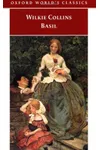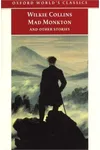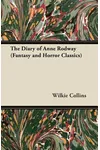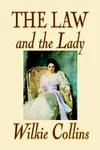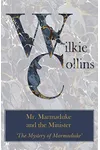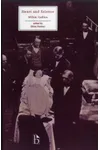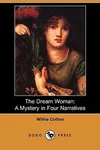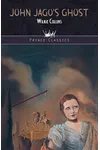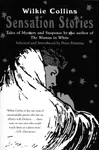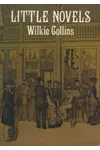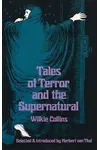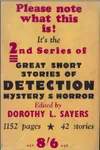Picture a Victorian storyteller who spun tales so gripping they kept readers up all night—meet Wilkie Collins! Born in 1824, this English novelist revolutionized sensation and detective fiction with masterpieces like The Woman in White and The Moonstone. His intricate plots, bold heroines, and sharp social commentary made him a literary star whose work still captivates today.
Collins wasn’t just a writer; he was a trailblazer who dared to challenge the norms of his time, both in his stories and his unconventional personal life. Ready to dive into the world of this literary genius? Let’s explore his journey!
The Making of Wilkie Collins
Born on January 8, 1824, in London, Wilkie Collins grew up in a creative family, with his father, William Collins, a noted landscape painter. Young Wilkie’s early travels in Italy sparked his imagination, and by his teens, he was already dreaming up stories. After a brief stint in law—which he found dreadfully dull—Collins turned to writing, publishing his first novel, Antonina, in 1850. His friendship with Charles Dickens, a literary giant, supercharged his career, leading to collaborations and serialized stories in Dickens’s magazines.
Wilkie Collins’s Unforgettable Stories
Collins’s novels are like rollercoasters—full of twists, secrets, and unforgettable characters. His 1860 masterpiece, The Woman in White, is a sensation novel that follows Walter Hartright as he unravels a chilling mystery involving the ethereal Laura Fairlie and the sinister Sir Percival Glyde. Its complex plot and strong female characters, like Marian Halcombe, broke new ground in fiction.
Then came The Moonstone in 1868, often called the first modern detective novel. This tale of a stolen diamond, told through multiple narrators, keeps readers guessing until the final page. Collins’s knack for blending suspense with social critique—tackling issues like class, gender, and colonialism—set his work apart. Other gems include No Name (1862), which explores inheritance and identity, and Armadale (1866), a dark tale of fate and deception.
His style? Think intricate plotting, vivid characters, and a dash of rebellion. Collins wasn’t afraid to champion underdogs or expose society’s flaws, all while keeping readers hooked with cliffhangers and surprises.
Why Wilkie Collins Matters
Wilkie Collins didn’t just write stories; he reshaped genres. His sensation novels thrilled Victorian readers, paving the way for modern thrillers, while The Moonstone laid the foundation for detective fiction, influencing writers like Arthur Conan Doyle. His focus on strong, complex women challenged the era’s gender norms, earning him fans across generations. Today, his works are studied, adapted for film and TV, and cherished by mystery lovers worldwide.
Collins’s personal life—marked by unconventional relationships and a defiance of Victorian propriety—also adds to his allure. He lived boldly, and his legacy as a literary innovator endures.
About Wilkie Collins
- Born: January 8, 1824, in London, England
- Key Works: The Woman in White, The Moonstone, No Name, Armadale
- Genre: Sensation and detective fiction
- Died: September 23, 1889
Snag The Woman in White or The Moonstone and dive into Wilkie Collins’s thrilling world of secrets and suspense!



